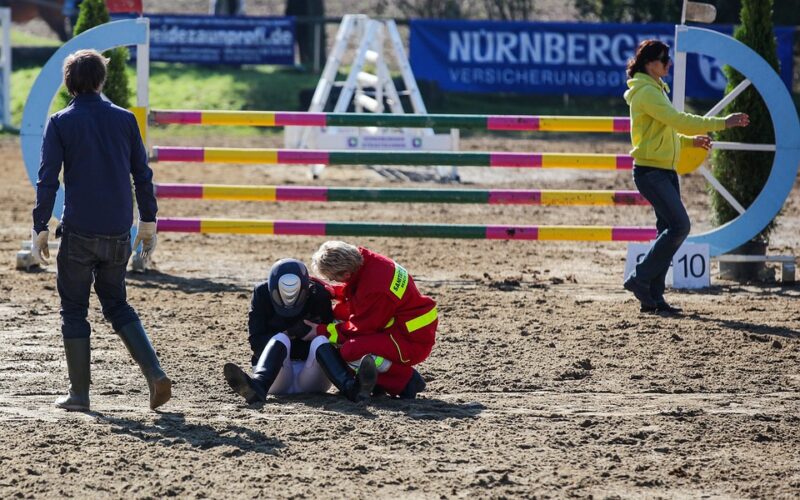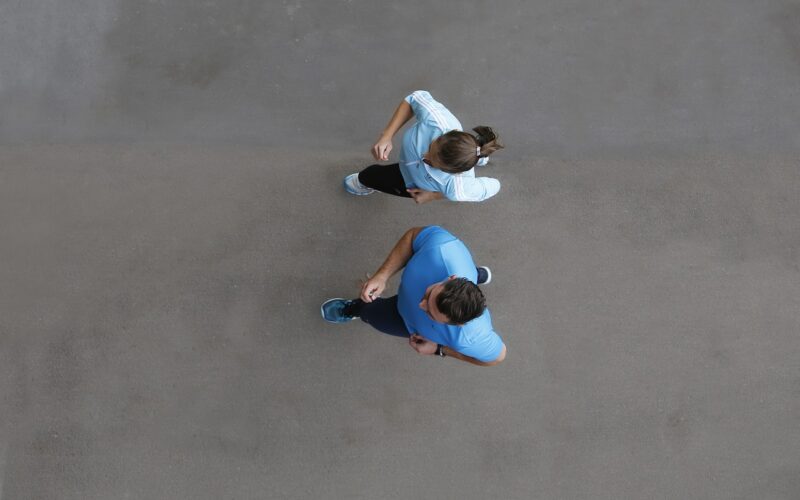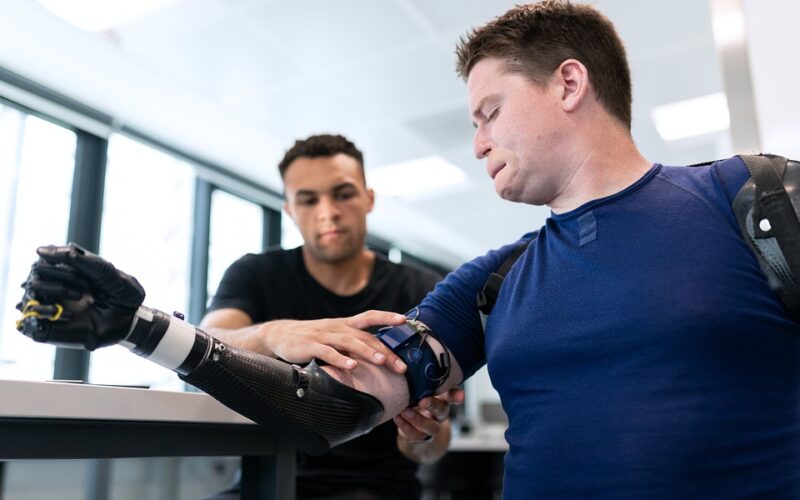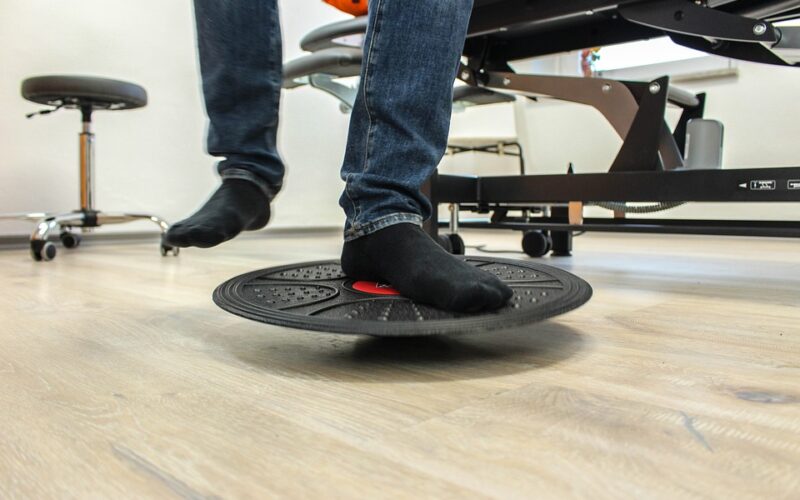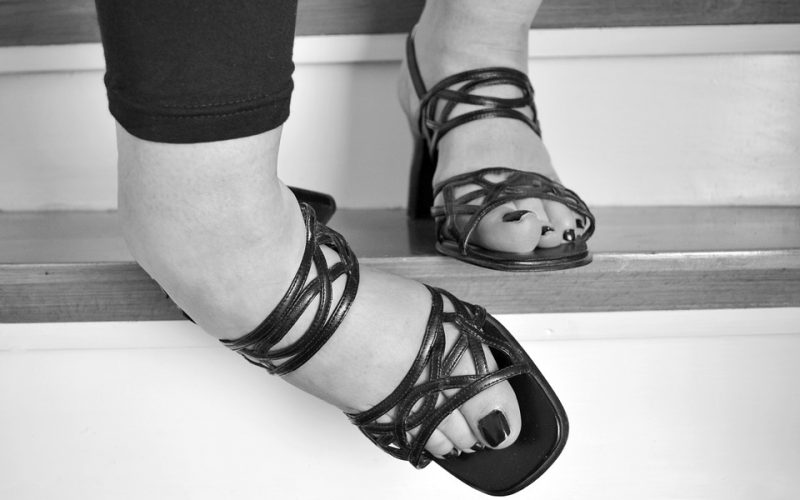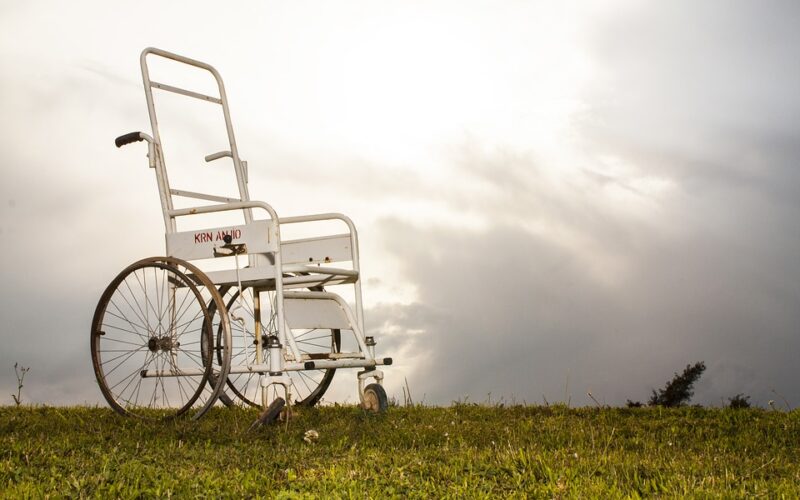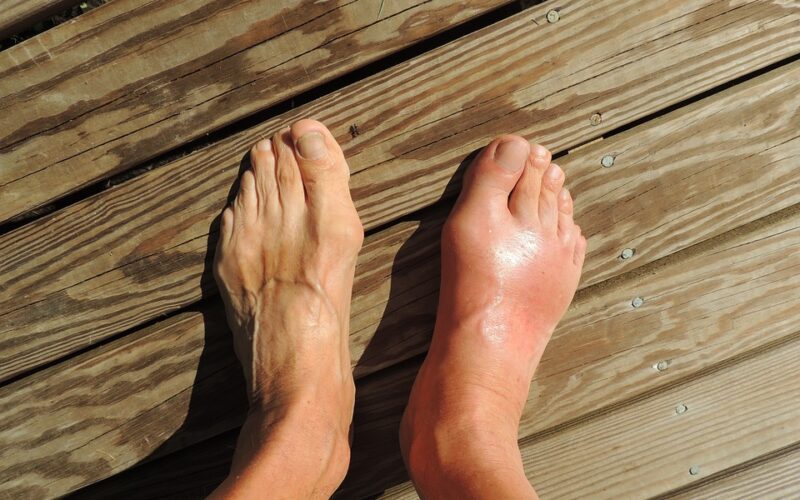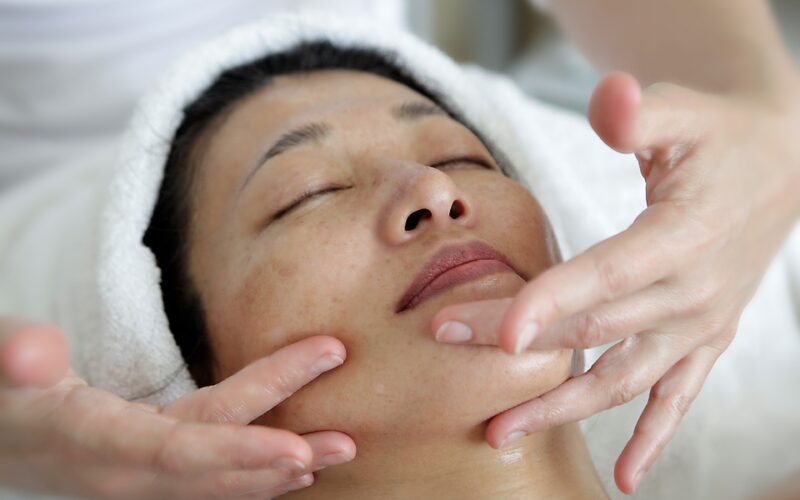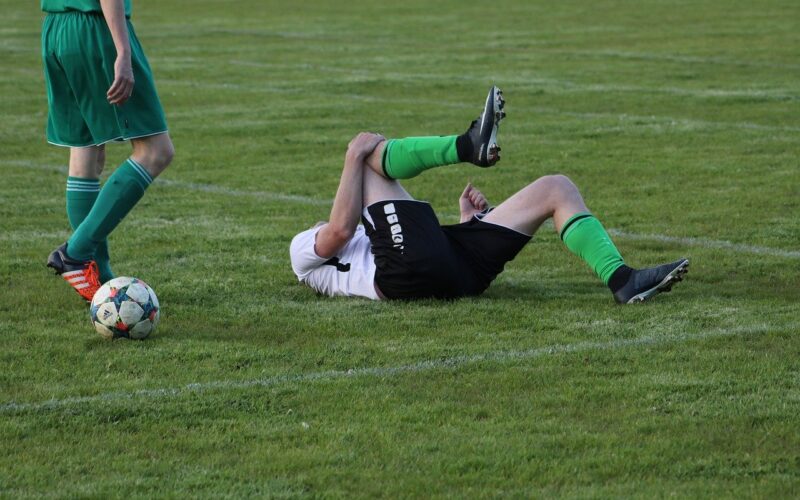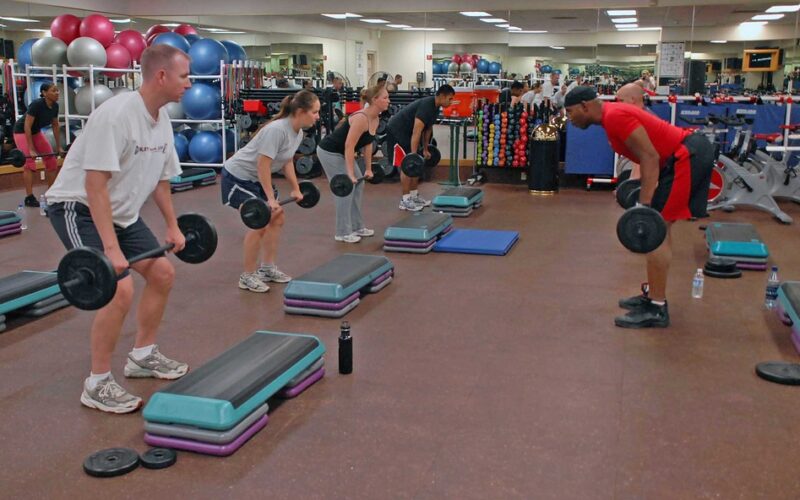Managing Sprains
Being an athlete can be incredibly rewarding, but unfortunately, injuries are part of the game. Soft tissue injuries like sprains, strains and tendonitis are some of the most common types of sports-related injuries. While these injuries may not seem as devastating as a broken bone or concussion, if they're left untreated they can become chronic and lead to significant pain, inflammation and loss of function.
The good news is that effective physical therapy treatments exist to help athletes make a quick recovery (and get right back in the game!). So whether you’ve been injured after running a few extra miles or have recently experienced an unfortunate incident on the court, physical therapy can help you heal your soft tissue injury.
Deep tissue massage to alleviate pain
Massage therapy offers many benefits for soft tissue injuries. A deep tissue massage can help to alleviate pain and promote healing by increasing circulation, stimulating collagen production, and regulating the overproduction of inflammatory chemicals that are found in injured elbows, knees, and shoulders.
Additionally, deep tissue massage helps reduce swelling and break down scar tissue build-up around injured areas that can hamper recovery. Furthermore, these types of massage therapies can improve mobility and flexibility while aiding in the restoration of muscle tone and strength.
By regularly incorporating deep tissue massages into a rehabilitation program for soft tissue injuries, individuals may enjoy a much faster journey to recovery.
Promote blood circulation
Massage therapy is an effective form of physical treatment that can boost mobility and reduce pain. Through targeted pressure and manipulation of the body's muscles, massage promotes blood circulation throughout the body, relaxes muscle tension, and works to mobilize stiff joints. Massage also releases endorphins which decrease stress levels and create a feeling of relaxation, thereby reducing joint and muscle pain.
Using various rehabilitative massage techniques, trained professionals help their clients improve strength, coordination, balance and overall mobility by therapeutically focusing on areas with restricted range of motion. Restoring a full range of motion can ultimately result in improved posture - thus calming inflammation, reducing fatigue, and limiting chances for injury or stiffness in the long run.
For those looking for relief from chronic pain or decreased mobility due to an injury or condition, massage should be considered as a viable treatment option.
Massage therapist or a physiotherapist
Massage therapy and physiotherapy are two types of therapeutic treatments, typically employed for the relief of physical pain or injury. While a massage therapist may use their hands, elbows and forearms to knead, apply pressure and reduce muscular tension in areas of the body that require treatment, a physiotherapist takes more of an holistic approach.
This may include exercises with mechanical apparatus such as weights and pulleys, soft tissue manipulation to improve joint mobility, hydrotherapy sessions, postural re-education or advice on lifestyle changes. Physiotherapists also carry out medical assessments if necessary and can refer patients to other medical professionals when required.
Ultimately, the aim of both massage therapy and physiotherapy is the same, namely to manage pain levels through techniques designed to:
- restart movement
- reduce swelling
- increase range of motion
- encourage muscles relaxation
- increase blood circulation
- removing toxins from muscles
- calm the nervous system
- promote healing
- reduce muscle spasms
An excellent form of exercise
Pilates can be an excellent form of exercise for people with soft tissue injuries. It is a low-impact activity, which helps to strengthen muscles, improve flexibility and increase the range of motion. It also helps to improve posture and balance, as well as relieving tension and stress in the body.
For those with soft tissue injuries or joint problems, it can help speed up recovery by rehabilitating the affected area through controlled movements. Pilates reduces trauma on injured site and increases overall stability of the musculoskeletal system throughout the whole body.
This prevents other parts from being excessively loaded thereby avoiding further injury. Along with medical treatment and physical therapy, Pilates aids in long term healing by improving sustained mobility in that specific area, necessary for a lifestyle free from pain or discomfort.
Stretch and lengthen the muscles
The ancient practice of yoga is gaining more and more attention for its potential therapeutic benefits, and soft tissue injuries are no exception. Many people who suffer from both chronic and acute soft tissue injuries find relief with regular yoga practice. Although the practice is often confused with Pilates, it is distinct in nature.
The purpose of Pilates is to strengthen, while the aim of yoga is to stretch and lengthen the muscles, making it ideal for those recovering from an injury. Through breathing techniques and postures that focus on flexibility and range of motion, practitioners can find strength where there is weakness or instability due to their injury.
Research is still in progress on this topic, but preliminary studies show that attending yoga classes may help reduce inflammation associated with soft tissue injuries while simultaneously improving strength, overall wellbeing and reducing pain.
Acupuncture may provide some degree of relief
Soft tissue injuries can be a nagging problem, and seeking relief from chronic pain requires finding the right treatment.
Fortunately, there are a range of therapies that can help with managing such injuries. Physiotherapy, massage therapy and acupuncture may provide some degree of relief.
Other treatments to manage discomfort include cryotherapy or using ice packs to reduce inflammation, low-level laser therapy which helps heal damaged tissues, or even ultrasound treatment which helps to increase blood circulation around the affected area. Whatever type of therapy you choose, it is important to make sure you consult with your doctor first in order to find the best solution for your particular situation.
